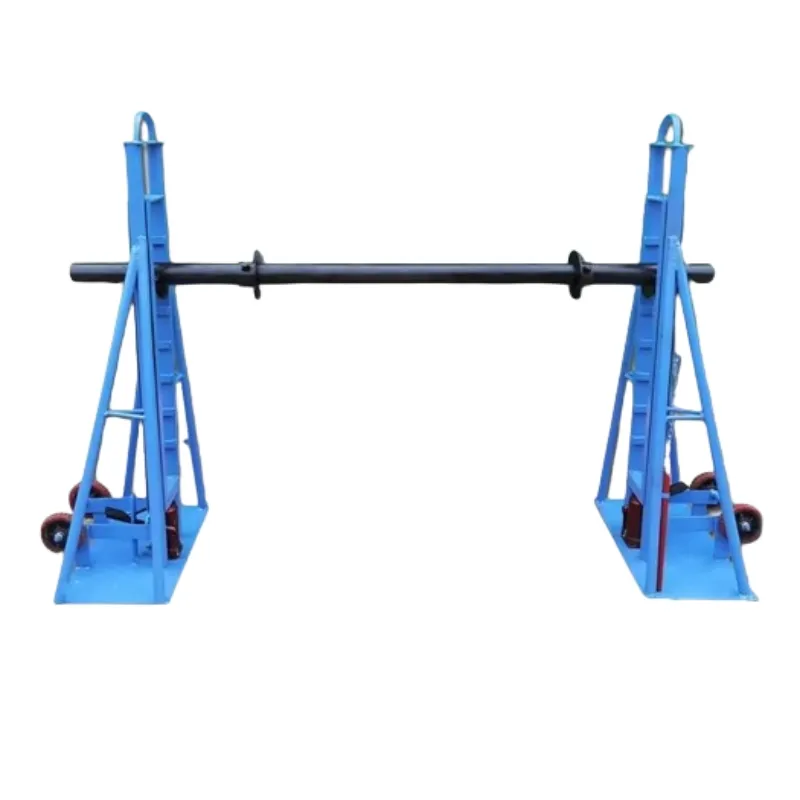
-
 Afrikaans
Afrikaans -
 Albanian
Albanian -
 Amharic
Amharic -
 Arabic
Arabic -
 Armenian
Armenian -
 Azerbaijani
Azerbaijani -
 Basque
Basque -
 Belarusian
Belarusian -
 Bengali
Bengali -
 Bosnian
Bosnian -
 Bulgarian
Bulgarian -
 Catalan
Catalan -
 Cebuano
Cebuano -
 Corsican
Corsican -
 Croatian
Croatian -
 Czech
Czech -
 Danish
Danish -
 Dutch
Dutch -
 English
English -
 Esperanto
Esperanto -
 Estonian
Estonian -
 Finnish
Finnish -
 French
French -
 Frisian
Frisian -
 Galician
Galician -
 Georgian
Georgian -
 German
German -
 Greek
Greek -
 Gujarati
Gujarati -
 Haitian Creole
Haitian Creole -
 hausa
hausa -
 hawaiian
hawaiian -
 Hebrew
Hebrew -
 Hindi
Hindi -
 Miao
Miao -
 Hungarian
Hungarian -
 Icelandic
Icelandic -
 igbo
igbo -
 Indonesian
Indonesian -
 irish
irish -
 Italian
Italian -
 Japanese
Japanese -
 Javanese
Javanese -
 Kannada
Kannada -
 kazakh
kazakh -
 Khmer
Khmer -
 Rwandese
Rwandese -
 Korean
Korean -
 Kurdish
Kurdish -
 Kyrgyz
Kyrgyz -
 Lao
Lao -
 Latin
Latin -
 Latvian
Latvian -
 Lithuanian
Lithuanian -
 Luxembourgish
Luxembourgish -
 Macedonian
Macedonian -
 Malgashi
Malgashi -
 Malay
Malay -
 Malayalam
Malayalam -
 Maltese
Maltese -
 Maori
Maori -
 Marathi
Marathi -
 Mongolian
Mongolian -
 Myanmar
Myanmar -
 Nepali
Nepali -
 Norwegian
Norwegian -
 Norwegian
Norwegian -
 Occitan
Occitan -
 Pashto
Pashto -
 Persian
Persian -
 Polish
Polish -
 Portuguese
Portuguese -
 Punjabi
Punjabi -
 Romanian
Romanian -
 Russian
Russian -
 Samoan
Samoan -
 Scottish Gaelic
Scottish Gaelic -
 Serbian
Serbian -
 Sesotho
Sesotho -
 Shona
Shona -
 Sindhi
Sindhi -
 Sinhala
Sinhala -
 Slovak
Slovak -
 Slovenian
Slovenian -
 Somali
Somali -
 Spanish
Spanish -
 Sundanese
Sundanese -
 Swahili
Swahili -
 Swedish
Swedish -
 Tagalog
Tagalog -
 Tajik
Tajik -
 Tamil
Tamil -
 Tatar
Tatar -
 Telugu
Telugu -
 Thai
Thai -
 Turkish
Turkish -
 Turkmen
Turkmen -
 Ukrainian
Ukrainian -
 Urdu
Urdu -
 Uighur
Uighur -
 Uzbek
Uzbek -
 Vietnamese
Vietnamese -
 Welsh
Welsh -
 Bantu
Bantu -
 Yiddish
Yiddish -
 Yoruba
Yoruba -
 Zulu
Zulu


Nov . 05, 2024 20:04 Back to list
t ground rod
Understanding Ground Rods Their Importance and Function in Electrical Systems
In the realm of electrical systems, safety and performance are paramount. One critical component that plays a significant role in ensuring both is the ground rod. Ground rods, often referred to as grounding electrodes, are essential for providing a safe path for electrical discharge, thus protecting both equipment and human life. This article delves into the mechanics, installation, and significance of ground rods in electrical grounding systems.
What is a Ground Rod?
A ground rod is a metal rod, typically made of copper or galvanized steel, that is driven into the earth to provide a direct connection to the ground. It acts as a conduit for electric currents to safely dissipate into the earth during a fault condition, such as a short circuit. The primary function of a ground rod is to prevent electrical shock and reduce the risk of fire by ensuring that excess electricity finds a safe path to ground.
Why Grounding is Important
Grounding is a fundamental practice in electrical engineering that minimizes the risk of electrical hazards. When a fault occurs—due to damaged insulation, equipment failure, or even lightning strikes—excess electrical energy can travel through unintended paths, risking severe damage or injury. Ground rods significantly reduce these risks by providing a low-resistance path for stray electrical currents.
Moreover, ground rods help stabilize voltage levels in electrical systems, ensuring that sensitive electronic devices operate safely and efficiently. They also help protect against power surges, which can occur during thunderstorms or when heavy electrical equipment is operated. Without proper grounding, electrical systems would be at a higher risk of experiencing malfunctions or catastrophic failures.
Installation of Ground Rods
t ground rod

Installing a ground rod may seem straightforward, but it requires adherence to local and national electrical codes to ensure effectiveness and safety. Here’s a step-by-step process typically followed during installation
1. Selecting the Location The ground rod should be installed in a location that is moisture-rich and free from contaminants. Typically, this involves choosing a spot close to the electrical panel.
2. Choosing the Rod Ground rods usually come in lengths ranging from 8 to 10 feet and are made from conductive materials such as copper or galvanized steel. The material choice may depend on local soil conditions.
3. Driving the Rod The rod is driven vertically into the ground using a hammer or a ground rod driver until only a few inches remain above the soil surface. In highly resistant soil, additional measures may be necessary, such as using multiple rods or employing a chemical grounding method.
4. Connecting the Grounding Wire After the rod is positioned, a grounding wire, typically made of copper, is securely connected from the ground rod to the electrical service panel.
5. Testing the System Once installed, it is crucial to test the system to ensure that the ground rod is functioning effectively, providing a low-resistance path to ground.
Conclusion
Ground rods are indispensable elements in the design of safe electrical systems. By effectively grounding electrical installations, they minimize the risks of electrical hazards and enhance the longevity and reliability of electrical equipment. Their proper installation and maintenance are critical to safeguarding lives and property from electrical faults. As electrical systems continue to grow in complexity and scale, the role of ground rods remains increasingly vital, underscoring the need for awareness and adherence to electrical safety practices. Understanding and implementing effective grounding systems is not just a regulatory requirement—it is a commitment to safety in a world increasingly dependent on electricity.
Latest news
What Are Construction Tools and How Are They Used?
NewsJul.11,2025
Professional-Grade Duct Rodding Tools for Superior Cable Installation
NewsJul.11,2025
Enhancing Safety and Efficiency with Modern Hot Stick Solutions
NewsJul.11,2025
Empowering Cable Installation with Advanced Rodder Solutions
NewsJul.11,2025
Elevate Your Cable Installation Projects with Cable Pulling Tools
NewsJul.11,2025
Efficient Cable Handling Solutions: Cable Rollers for Sale
NewsJul.11,2025











